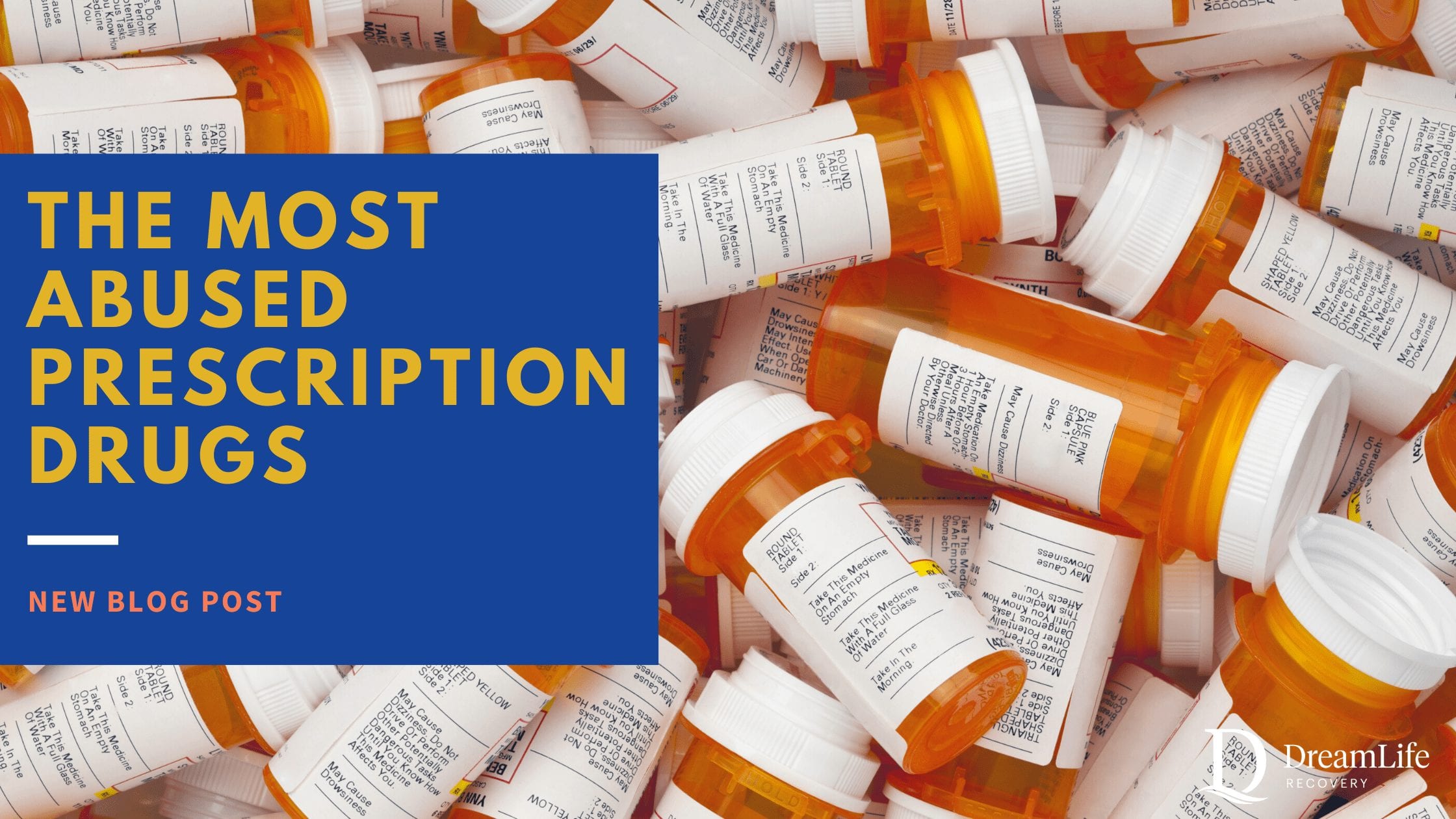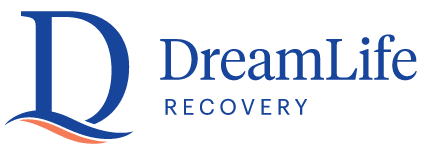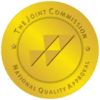The Most Abused Prescription Drugs

Written By
DreamLife RecoveryWhen medications are used as prescribed by a doctor, they can be very beneficial. However, more and more, prescription drugs are being abused across the United States. There are three classes of prescription drugs that are the most commonly abused: opioids, CNS depressants, and stimulants. According to the National Institute of Health (NIH), in 2017, approximately 18 million people misused these types of medications. Abuse has increased significantly since the 1990s and varies by age, gender, the ease of access, along with other factors.
Opioids
Opioids prescribed for pain relief. Examples of opioids include Codeine, Morphine, and Fentanyl in addition to Oxycodone HCL, Hydrocodone Bitartrate Hydromorphone, Oxymorphone, Meperidine, and Propoxyphene. Common opioids are Oxycontin, Percocet, Vicodin, Lortab, Dilaudid, Opana, and Demerol. These drugs are typically injected, swallowed, smoked, or snorted when abused.
CNS Depressants
These are prescribed for anxiety or sleep problems. They can be barbiturates (Amytal, Nembutal, Seconal, Phenobarbital) or benzodiazepines (Ativan, Halcion, Librium, Xanax, Klonopin). They can be referred to as sedatives or tranquilizers. Common sleep medications like Ambien, Sonata, and Lunesta also fall into this category. Abusers can swallow or inject these drugs.
Stimulants
Stimulants are prescribed for attention-deficit hyperactivity disorder (ADHD), narcolepsy (a sleep disorder), or obesity. Types of stimulants include amphetamines (Biphetamine, Dexedrine, Adderall) and methylphenidate (Concerta, Ritalin). These drugs can be injected, swallowed, smoked, or snorted when being abused.
Prescription drug abuse can have serious lifestyle and medical consequences and should be taken seriously. All of these drugs have one thing in common: they are highly addictive when misused.
Prescription Drug Abuse Statistics
There has been rapid growth in prescription drug abuse since the late 1990s. According to the U.S. Centers for Disease Control and Prevention, an estimated 450,000 deaths occurred just in the United States from 1999-2018 as a result of opioid abuse and addiction.
While many Americans are at risk of misusing medications and becoming addicted, in 2017, prescription drug abuse was highest among young adults ages 18 to 25, with 14.4 percent reporting non-medical use, according to the National Institute on Drug Abuse. Young adults and older adults tend to be particularly at risk. After alcohol marijuana, and tobacco, prescription drugs are commonly misused by 12th graders. Around 60 percent of young adults that have abused drugs claimed to have bought or received the drugs from a friend or relative.

Infographic and data provided by the CDC’s State Unintentional Drug Overdose Reporting System (SUDORS) 24 states and the District of Columbia reporting, January-June 2019
More than 80 percent of adults ages 57 to 85 years use at least one prescription medication on a daily basis, while more than 50 percent take over five medications or supplements daily. Between higher rates of illness and changes in drug metabolism associated with age, older adults are at a high risk of misusing prescription medications.
Why Has Prescription Drug Abuse Increased?
There are multiple reasons that abuse of prescription medications has increased. Easy access amongst youths has become prevalent as raiding parents’ medicine cabinets has become common practice. There is also a misconception that prescription drugs are less harmful than illicit drugs just because they are prescribed by healthcare professionals. When these drugs are prescribed, they come with specific instructions on use. When those instructions are ignored, that’s when addiction can occur. Drug abuse has also increased with stressful situations on the rise due to the global pandemic.
Paths to Recovery
Addiction to prescription drugs can completely alter your life—mentally, physically, and socially. It can consume all that you do and have negative effects on the relationships with the people around you. Wanting to get back to a healthier, safer, and more fulfilling life is the first step in the recovery process. Just because you or your loved one is abusing prescription drugs doesn’t mean it has to continue. Recovery is possible and at DreamLife Recovery, we develop specialized treatment plans to meet your needs and get you the help you need.
Sources:
https://www.drugabuse.gov/publications/research-reports/misuse-prescription-drugs/what-scope-prescription-drug-misuse
https://www.drugabuse.gov/sites/default/files/rx_drugs_placemat_508c_10052011.pdf
https://www.mayoclinic.org/diseases-conditions/prescription-drug-abuse/symptoms-causes/syc-20376813






